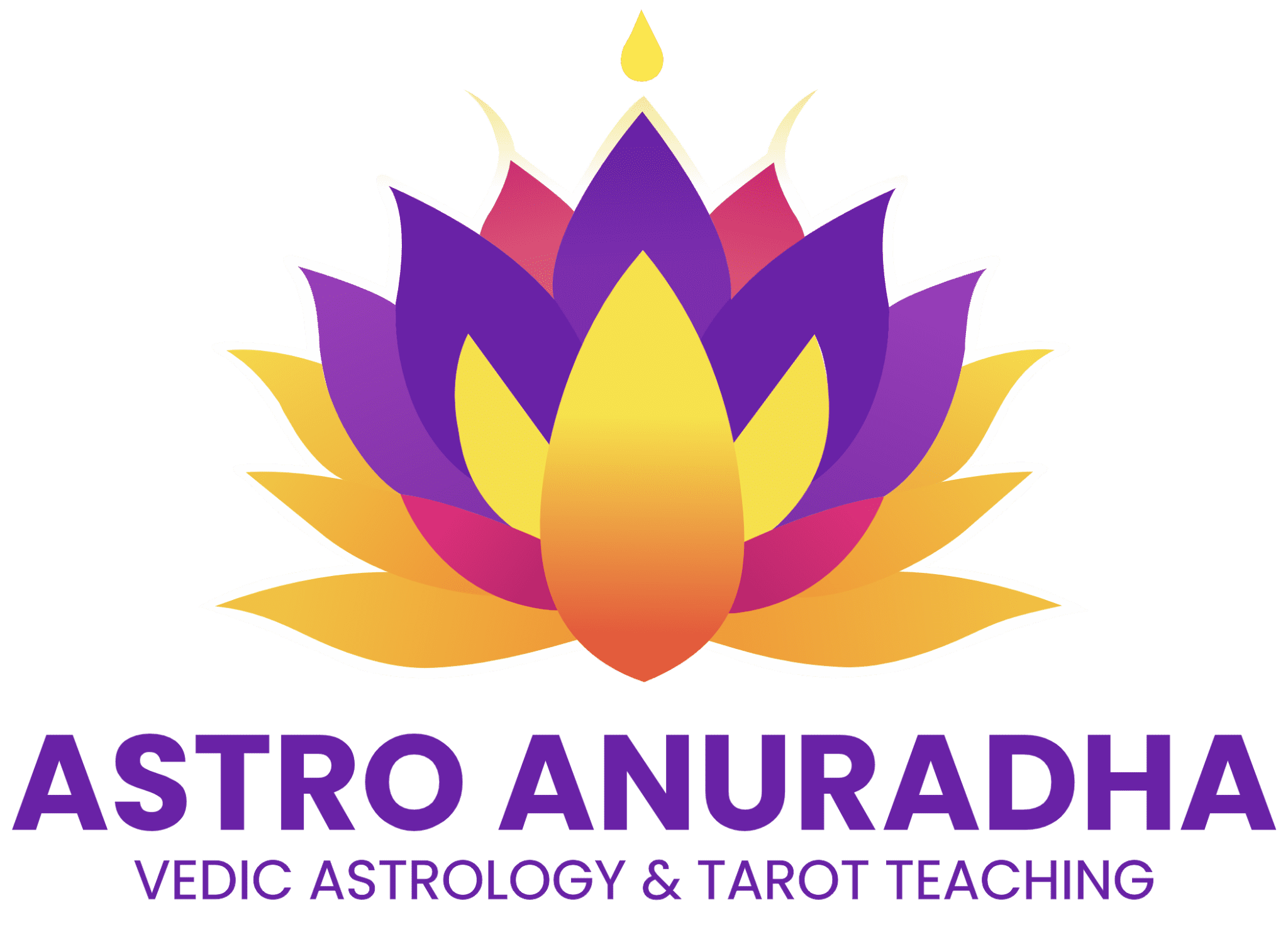Phaladeepika Explained: The Classical Approach to Understanding Transits in Vedic Astrology
In Vedic astrology, one of the most common questions people ask is about the timing of events in their lives. Whether it’s buying a home, starting a new business, or making an important decision in your life, knowing when something is likely to happen brings clarity and confidence. While dashas (planetary periods) give a general window for when an event may occur, they often cannot provide the precise timing. For that reason, the planetary transits come into play. As highlighted in Falupika, Chapter 16, the Basic Course in Astrology will make you understand how planets move through the sky in relation to your chart, which is key to predicting events more accurately.
Dashas: The Foundation, but Not the Complete Picture
A dasha represents a period ruled by a particular planet, giving insight into the broad phases of life when certain events are likely to manifest. For example, if a person is running the Saturn dasha, events related to career, discipline, or long-term stability might be triggered. However, dashas alone cannot pinpoint the exact day, week, or month an event will happen. This limitation is why transits, the actual movement of planets through houses in your chart, become an essential layer of precision in timing predictions. If you want to learn about the Nakshatra Course from the best trainer, then you can join our course and become a good astrologer in your town.
How Transits Influence Event Timing
According to classical astrology principles outlined in Falupika, planetary transits determine whether the promise of a dasha will actually materialize. Three key concepts help astrologers refine timing:
- Lagna Lord (Ascendant Lord): When the lagna lord transits over a specific house or forms a trine to it, the related event is more likely to occur.
- Karak of a House: The significator planet of a house, when it meets the lagna lord during transit, signals a favorable moment for the event.
- House Lord: When the lord of a house transits over its own house, it can deliver the intended results provided the dasha period is also active.
Practical Example: Building a Home
Consider the example of constructing a house. The fourth house in the chart represents property and home. For a Capricorn lagna, Saturn as the lagna lord or the fourth lord must transit suitably, while for an Aries lagna, the Moon may play this role. Additionally, the karak planet for property, such as Mars, needs to interact with the lagna lord in transit. When these factors align with the running dasha and the natal chart’s inherent promise, the event of building or purchasing a home becomes possible. This demonstrates how dashas, transits, and natal chart indications must work together for accurate predictions.
Final Verdict
Understanding the interplay between dashas, transits, and chart promises empowers astrologers to predict events more effectively. Observing planetary transits in your own chart and noting when events occur can validate these principles and enhance practical as well as theoretical knowledge. By applying the classical guidance from Falupika, you can bring clarity and precision to your astrology practice, helping turn wider predictions into actionable insights. Moreover, with the analysis of dasha, people can predict the transits of the planets of a person’s kundli. If you want to analyze your kundli, then you can contact Astro Anuradha, the best Basic Course trainer in Astrology, and make your kundli free from all the doshas.
Also Read: Exploring Childbirth Astrology through Transit Analysis


Leave a Reply